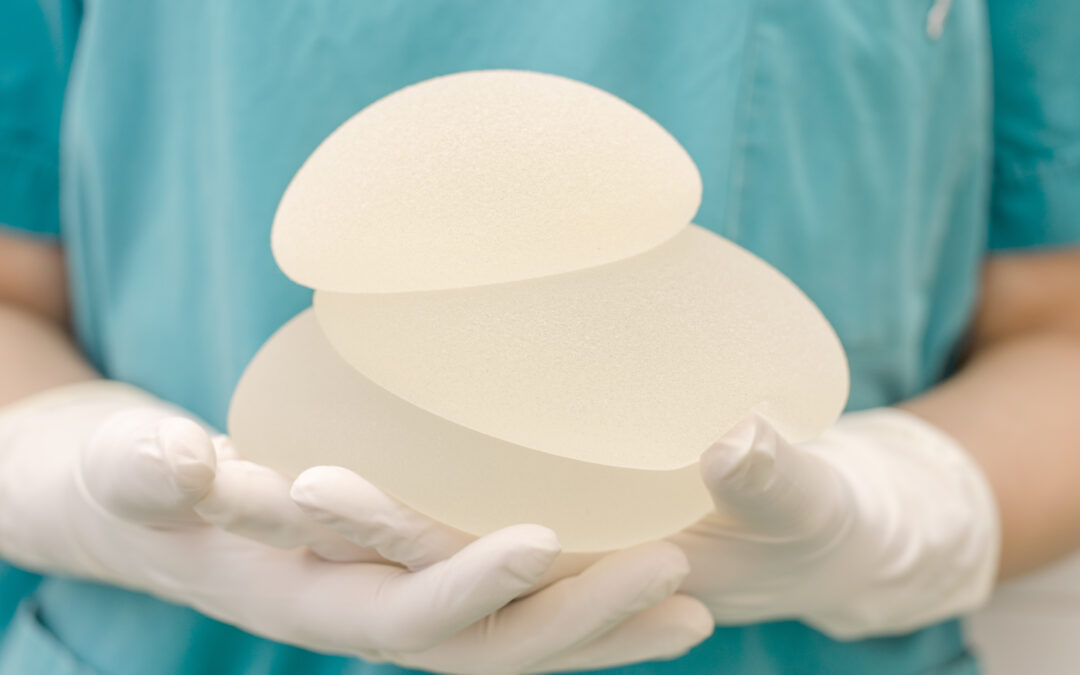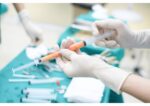Breast Augmentation Surgery (Breast Enlargement): Everything You Need to Know
Breast augmentation, commonly known as a “boob job,” is one of the most popular cosmetic procedures among women aged 20-40. Whether you want to enhance your natural curves, restore lost volume after pregnancy, or improve breast symmetry, it’s essential to be well-informed before making a decision.
What is Breast Augmentation?
Breast augmentation is a cosmetic surgery that involves the placement of breast implants to increase size, enhance shape, or restore volume. It is a highly personalized procedure tailored to the patient’s body type, aesthetic goals, and lifestyle preferences.
Types of Breast Implants
There are two primary types of breast implants used in augmentation surgery:
- Saline Implants
✔ Filled with sterile salt water, providing a uniform shape and feel.
✔ In case of implant rupture, the saline is naturally absorbed by the body.
✔ Typically require a smaller incision compared to silicone implants.
- Silicone Implants
✔ Filled with silicone gel, which mimics the feel of natural breast tissue.
✔ More popular than saline implants due to their realistic texture.
✔ Require regular check-ups to monitor for leaks (as the gel may remain inside the implant shell).
Some women also opt for gummy bear implants (form-stable implants) or fat transfer breast augmentation, which uses the patient’s own fat for a more natural enhancement.
The Breast Augmentation Procedure
🔹 Surgery Duration: Typically, 1-2 hours under general anaesthesia.
🔹 Incision Options: Surgeons make strategic incisions to minimize visible scarring:
- Periareola (around the nipple)
- Inframammary fold (under the breast)
- Trans-axillary (in the armpit)
🔹 Implant Placement Options:
- Submuscular (under the pectoral muscle): Provides a more natural look and feel, reduces implant visibility, and lowers the risk of capsular contracture.
- Subglandular (under the breast tissue but above the muscle): Leads to a quicker recovery, but may show more visible implant edges.
The best placement option depends on individual anatomy, lifestyle, and desired results.
Recovery & Expected Results
🔹 Recovery Time:
- Return to light activities within a week.
- Avoid strenuous exercise and heavy lifting for 4-6 weeks.
- Initial swelling and bruising are normal and will subside over time.
🔹 Long-Term Results:
- Implants can last 10-20 years, though some women may require revision surgery later.
- Routine mammograms should include specialized imaging for women with implants.
Following post-operative care instructions is crucial to ensure optimal healing and long-lasting results.
Potential Risks & Considerations
Like any surgical procedure, breast augmentation comes with potential risks, including:
❗ Infection – Proper post-operative care reduces the risk.
❗ Capsular Contracture – Hardening of scar tissue around the implant, requiring possible correction.
❗ Implant Rupture or Leakage – More common with saline implants, while silicone ruptures may go unnoticed (requiring MRI scans for detection).
❗ Changes in Nipple Sensation – Temporary or permanent sensitivity changes may occur.
Choosing a board-certified plastic surgeon minimizes these risks and ensures a safe and successful outcome.
Is Breast Augmentation Right for You?
Breast augmentation can be a transformational procedure, boosting self-confidence and body image. However, it’s essential to:
✅ Have realistic expectations about the results.
✅ Be in good overall health and a non-smoker (to promote healing).
✅ Consult with an experienced plastic surgeon to determine the best approach for your body type and goals.
Take the First Step Today!
If you’re considering breast augmentation, a consultation with a board-certified plastic surgeon is the best way to understand your options and make an informed decision.
📞 Contact us today to schedule your consultation and start your journey towards enhanced confidence and a new you!
References
- American Society of Plastic Surgeons (ASPS). “Breast Augmentation: Procedure, Recovery & Risks.” https://www.plasticsurgery.org
- Mayo Clinic. “Breast Implants: What You Need to Know.” https://www.mayoclinic.org
- FDA. “Breast Implant Safety & Recommendations.” https://www.fda.gov










